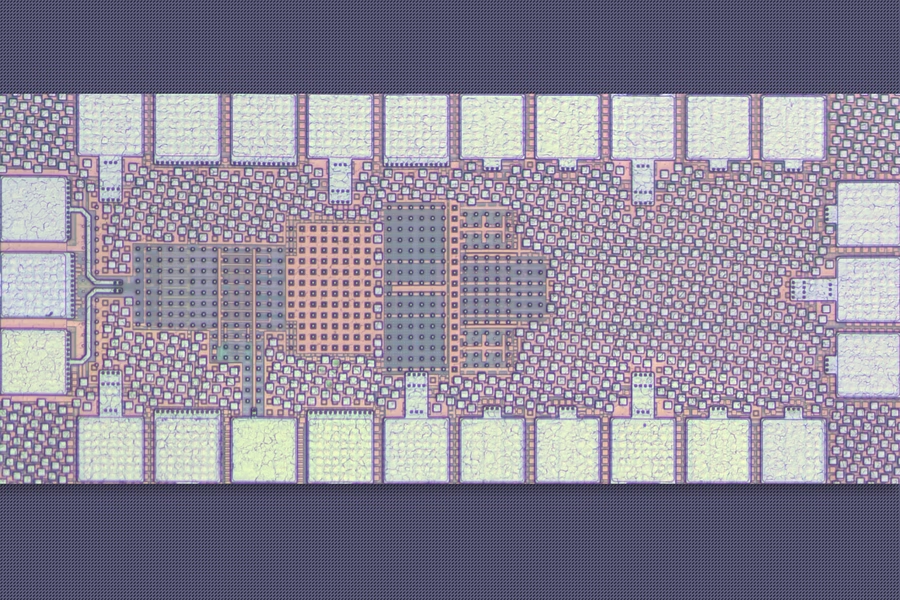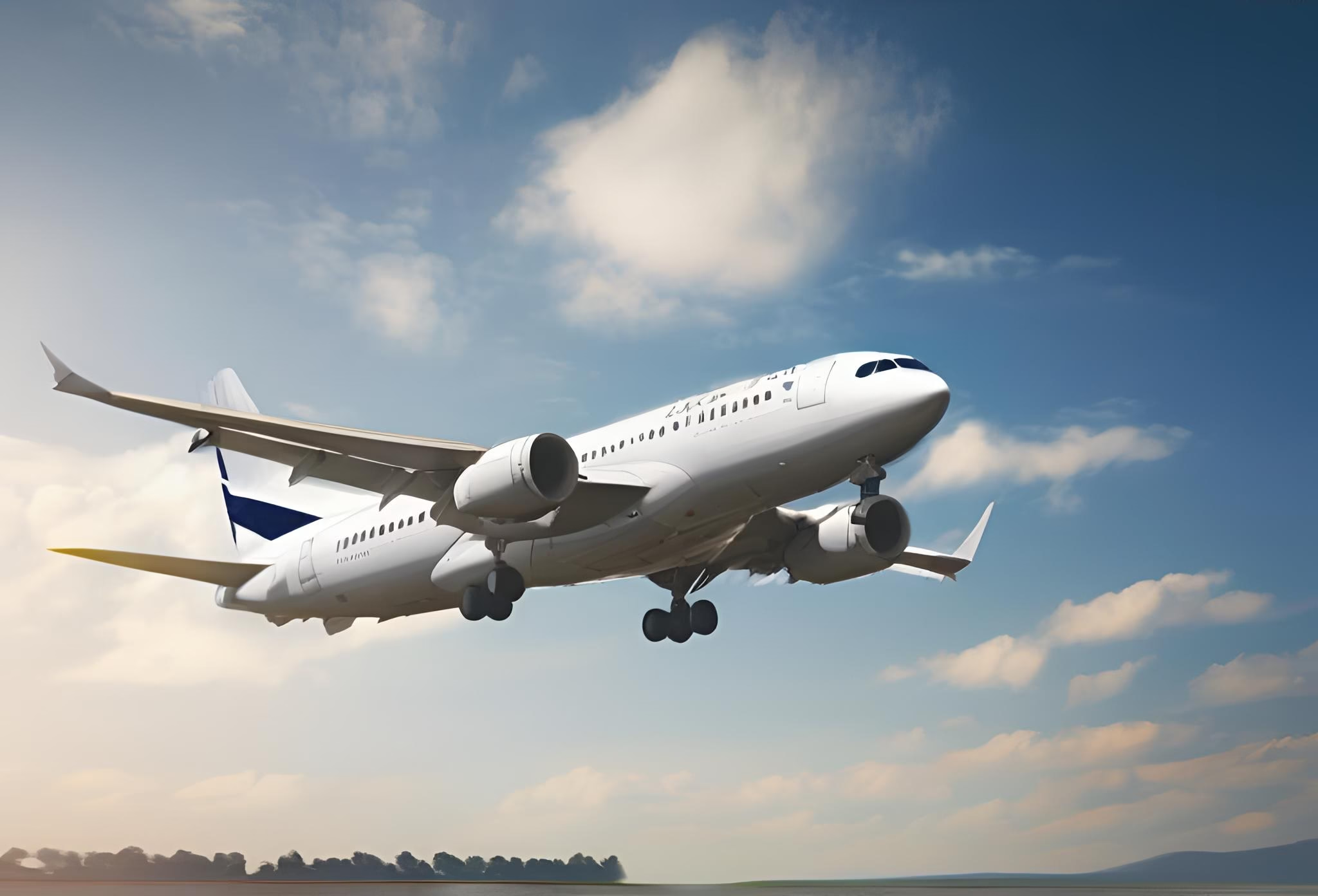Space & Physics
NASA bids farewell to its asteroid-hunting telescope
NEOWISE has been on a mission to focus on detecting near-Earth objects (NEOs), including comets and asteroids, that pose a potential collision risk with Earth.

NASA’s NEOWISE telescope, which has been on the lookout for asteroids, brown dwarfs, and bright galaxies, is set to retire. The spacecraft will soon re-enter Earth’s atmosphere and burn up.
Launched into Earth orbit in 2009 as the Wide-Field Infrared Survey Explorer (WISE), the telescope mapped the infrared skies for a year before going into hibernation in early 2011 after depleting its coolant. However, in late 2013, NASA revived the spacecraft, renaming it the Near-Earth Object Wide-Field Infrared Survey Explorer (NEOWISE) to reflect its new mission: tracking asteroids that come close to Earth’s orbit.
Even with a second chance at life, the remarkably productive telescope was not expected to last this long. NASA is ending the NEOWISE mission now because the spacecraft has descended into Earth’s upper atmosphere, where it will disintegrate within a few months. The telescope completed its survey on July 31, and NASA plans to send final shutdown commands on August 8.
After depleting its solid hydrogen coolant, WISE entered hibernation mode in February 2011. In 2013, NASA revived the mission under the new name Near-Earth Object Wide-field Infrared Survey Explorer (NEOWISE) to focus on detecting near-Earth objects (NEOs)
The Wide-field Infrared Survey Explorer (WISE), a NASA infrared astronomy space telescope launched in December 2009, was part of the Explorers Program and known by observatory code C51, Explorer 92, and MIDEX-6. WISE made significant contributions to astronomy by discovering thousands of minor planets and numerous star clusters. Its observations were pivotal in identifying the first Y-type brown dwarf and the Earth trojan asteroid. The telescope conducted a comprehensive all-sky survey using images in the 3.4, 4.6, 12, and 22 μm wavelength bands over a ten-month period, utilizing a 40 cm (16 in) diameter infrared telescope in Earth orbit.
After depleting its solid hydrogen coolant, WISE entered hibernation mode in February 2011. In 2013, NASA revived the mission under the new name Near-Earth Object Wide-field Infrared Survey Explorer (NEOWISE) to focus on detecting near-Earth objects (NEOs), including comets and asteroids, that pose a potential collision risk with Earth.
Space & Physics
MIT unveils an ultra-efficient 5G receiver that may supercharge future smart devices
A key innovation lies in the chip’s clever use of a phenomenon called the Miller effect, which allows small capacitors to perform like larger ones

A team of MIT researchers has developed a groundbreaking wireless receiver that could transform the future of Internet of Things (IoT) devices by dramatically improving energy efficiency and resilience to signal interference.
Designed for use in compact, battery-powered smart gadgets—like health monitors, environmental sensors, and industrial trackers—the new chip consumes less than a milliwatt of power and is roughly 30 times more resistant to certain types of interference than conventional receivers.
“This receiver could help expand the capabilities of IoT gadgets,” said Soroush Araei, an electrical engineering graduate student at MIT and lead author of the study, in a media statement. “Devices could become smaller, last longer on a battery, and work more reliably in crowded wireless environments like factory floors or smart cities.”
The chip, recently unveiled at the IEEE Radio Frequency Integrated Circuits Symposium, stands out for its novel use of passive filtering and ultra-small capacitors controlled by tiny switches. These switches require far less power than those typically found in existing IoT receivers.
A key innovation lies in the chip’s clever use of a phenomenon called the Miller effect, which allows small capacitors to perform like larger ones. This means the receiver achieves necessary filtering without relying on bulky components, keeping the circuit size under 0.05 square millimeters.

Traditional IoT receivers rely on fixed-frequency filters to block interference, but next-generation 5G-compatible devices need to operate across wider frequency ranges. The MIT design meets this demand using an innovative on-chip switch-capacitor network that blocks unwanted harmonic interference early in the signal chain—before it gets amplified and digitized.
Another critical breakthrough is a technique called bootstrap clocking, which ensures the miniature switches operate correctly even at a low power supply of just 0.6 volts. This helps maintain reliability without adding complex circuitry or draining battery life.
The chip’s minimalist design—using fewer and smaller components—also reduces signal leakage and manufacturing costs, making it well-suited for mass production.
Looking ahead, the MIT team is exploring ways to run the receiver without any dedicated power source—possibly by harvesting ambient energy from nearby Wi-Fi or Bluetooth signals.
The research was conducted by Araei alongside Mohammad Barzgari, Haibo Yang, and senior author Professor Negar Reiskarimian of MIT’s Microsystems Technology Laboratories.
Society
Ahmedabad Plane Crash: The Science Behind Aircraft Take-Off -Understanding the Physics of Flight
Take-off is one of the most critical phases of flight, relying on the precise orchestration of aerodynamics, propulsion, and control systems. Here’s how it works:

On June 12, 2025, a tragic aviation accident struck Ahmedabad, India when a regional passenger aircraft, Air India flight A1-171, crashed during take-off at Sardar Vallabhbhai Patel International Airport. According to preliminary reports, the incident resulted in over 200 confirmed casualties, including both passengers and crew members, and several others are critically injured. The aviation community and scientific world now turn their eyes not just toward the cause but also toward understanding the complex science behind what should have been a routine take-off.
How Do Aircraft Take Off?
Take-off is one of the most critical phases of flight, relying on the precise orchestration of aerodynamics, propulsion, and control systems. Here’s how it works:
1. Lift and Thrust
To leave the ground, an aircraft must generate lift, a force that counters gravity. This is achieved through the unique shape of the wing, called an airfoil, which creates a pressure difference — higher pressure under the wing and lower pressure above — according to Bernoulli’s Principle and Newton’s Third Law.
Simultaneously, engines provide thrust, propelling the aircraft forward. Most commercial jets use turbofan engines, which accelerate air through turbines to generate power.
2. Critical Speeds
Before takeoff, pilots calculate critical speeds:
- V1 (Decision Speed): The last moment a takeoff can be safely aborted.
- Vr (Rotation Speed): The speed at which the pilot begins to lift the nose.
- V2 (Takeoff Safety Speed): The speed needed to climb safely even if one engine fails.
If anything disrupts this process — like bird strikes, engine failure, or runway obstructions — the results can be catastrophic.

Environmental and Mechanical Challenges
Factors like wind shear, runway surface condition, mechanical integrity, or pilot error can interfere with safe take-off. Investigators will be analyzing these very aspects in the Ahmedabad case.
The Bigger Picture
Take-off accounts for a small fraction of total flight time but is disproportionately associated with accidents — approximately 14% of all aviation accidents occur during take-off or initial climb.
Space & Physics
MIT claims breakthrough in simulating physics of squishy, elastic materials
In a series of experiments, the new solver demonstrated its ability to simulate a diverse array of elastic behaviors, ranging from bouncing geometric shapes to soft, squishy characters

Researchers at MIT claim to have unveiled a novel physics-based simulation method that significantly improves stability and accuracy when modeling elastic materials — a key development for industries spanning animation, engineering, and digital fabrication.
In a series of experiments, the new solver demonstrated its ability to simulate a diverse array of elastic behaviors, ranging from bouncing geometric shapes to soft, squishy characters. Crucially, it maintained important physical properties and remained stable over long periods of time — an area where many existing methods falter.
Other simulation techniques frequently struggled in tests: some became unstable and caused erratic behavior, while others introduced excessive damping that distorted the motion. In contrast, the new method preserved elasticity without compromising reliability.
“Because our method demonstrates more stability, it can give animators more reliability and confidence when simulating anything elastic, whether it’s something from the real world or even something completely imaginary,” Leticia Mattos Da Silva, a graduate student at MIT’s Department of Electrical Engineering and Computer Science, said in a media statement.
Their study, though not yet peer-reviewed or published, will be presented at the August proceedings of the SIGGRAPH conference in Vancouver, Canada.
While the solver does not prioritize speed as aggressively as some tools, it avoids the accuracy and robustness trade-offs often associated with faster methods. It also sidesteps the complexity of nonlinear solvers, which are commonly used in physics-based approaches but are often sensitive and prone to failure.
Looking ahead, the research team aims to reduce computational costs and broaden the solver’s applications. One promising direction is in engineering and fabrication, where accurate elastic simulations could enhance the design of real-world products such as garments, medical devices, and toys.
“We were able to revive an old class of integrators in our work. My guess is there are other examples where researchers can revisit a problem to find a hidden convexity structure that could offer a lot of advantages,” Mattos Da Silva added.
The study opens new possibilities not only for digital content creation but also for practical design fields that rely on predictive simulations of flexible materials.
-

 Society4 months ago
Society4 months agoStarliner crew challenge rhetoric, says they were never “stranded”
-

 Space & Physics3 months ago
Space & Physics3 months agoCould dark energy be a trick played by time?
-

 Earth4 months ago
Earth4 months agoHow IIT Kanpur is Paving the Way for a Solar-Powered Future in India’s Energy Transition
-

 Space & Physics3 months ago
Space & Physics3 months agoSunita Williams aged less in space due to time dilation
-

 Learning & Teaching4 months ago
Learning & Teaching4 months agoCanine Cognitive Abilities: Memory, Intelligence, and Human Interaction
-

 Earth2 months ago
Earth2 months ago122 Forests, 3.2 Million Trees: How One Man Built the World’s Largest Miyawaki Forest
-

 Women In Science3 months ago
Women In Science3 months agoNeena Gupta: Shaping the Future of Algebraic Geometry
-

 Society5 months ago
Society5 months agoSustainable Farming: The Microgreens Model from Kerala, South India



















